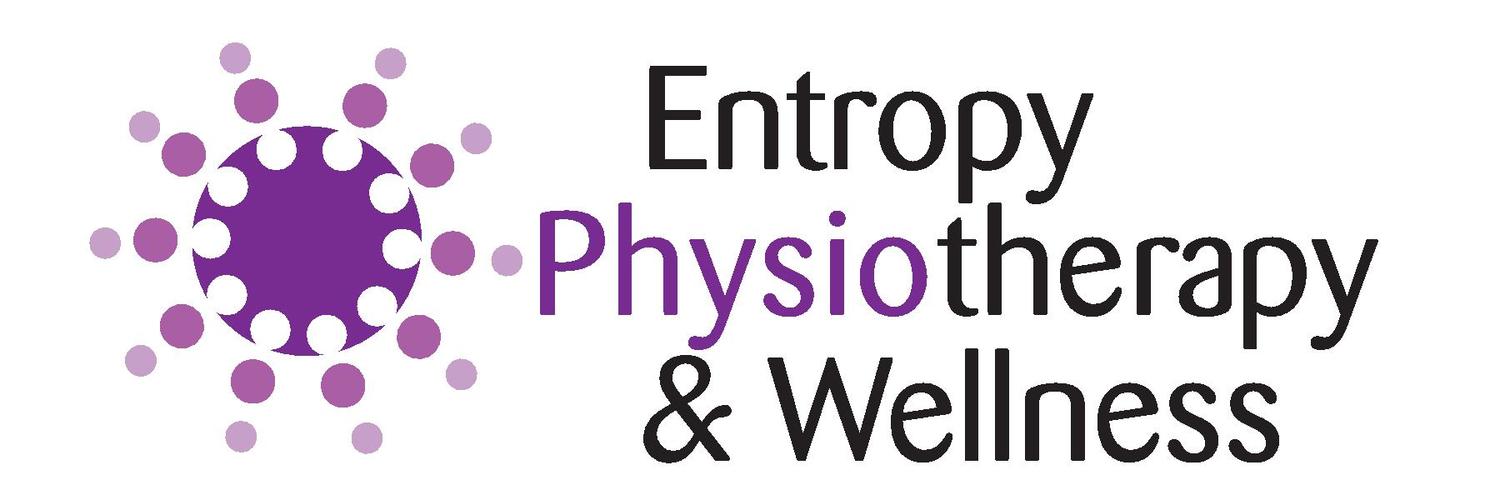Pelvic Health PHODA - What is it and how can it help?
/Finding the “right” areas to address when working with any patient is a challenging task for a health care provider. What is important to that patient? In what area can we work to make progress so that there is a meaningful change and impact for that individual? When the patient is open, shares, and can pick out a specific activity or experience in which they would love to engage in again or for the first time all I must do as the provider is listen. But what can I do when the patient cannot articulate their goals because there are too many things, or it has been so long that all they want is for the dysfunction or pain to end?
That is when I use the Pelvic Health PHODA (Photographs of Daily Activities). Sandy first gave me the idea to create a PHODA for pelvic health after we discussed the original version during a course by Cory Blickenstaff. She had been wanting to have one for several years but had not yet found the opportunity to create the cards. A little while later I found myself stranded on my way back to the clinic from my home in Northern Michigan just after Christmas. My car broke down and instead of going to work for the next few days I headed back home until I could find an alternate route to Chicago. When I told Sandy about being stranded she said, “Work on PHODA”.
To begin I did some research on what versions of the PHODA exist and how they are used. It has been validated for use on patients with high and low levels of Kinesiophobia (Trost et al, 2008) where the modified version was used. This version has 20 photographs compared to the 100 in the original version. There is also a version that was recently validated for use with the pediatric population (Verbunt et al, 2015). This version looked at activities specifically important to youth with musculoskeletal pain and how harmful they perceived certain activities.
During my search I found the modified version, the original was by Kugler et al, for download on-line. My impressions after un-zipping, installing, and using the file were not positive. The background is a horrid mustard-yellow, the pictures are small and outdated, and you have to use all 40 images in order to complete the test. The experience was off-putting with the nauseating color scheme and the repetition of similar images that all had to be placed on a scale.
What I envisioned was a tool that would allow patients to pick images out that resonated with them, how ever many they would like, and then lay them out in terms of easiest to hardest. This then serves as a tool for the clinician to focus treatment and for the patient to zero in on what they are looking for from physical therapy. So I set about finding pictures of a variety of daily activities that patients have reported loving, hating, or wishing they could do that thing.
When I use them with patients I say, “Here are some photographs of activities. Please pick out ones that appeal to you. Then place them from no difficulty to very challenging based on your reason for coming to physical therapy. I don’t care how many you chose but I would like at least one at each end of the spectrum. Then we will talk about why you chose each card.” I want them to feel free to pick 2 or 54 cards. Then I can use their own choices as a guide for treatment.
Eventually I would love to validate these cards and their specific use for the treatment of pelvic dysfunction. Bronwyn Thompson, PhD, MSc (Psych) 1st Class Hons, DipOT, Registered Occupational Therapist has a great article on validating PHODA for use in New Zealand. For now I use them in conjunction with other outcome measures using the photos to gain insight and target my treatments to best serve each individual who comes through the door.
Hannah Mulder is a 3rd year DPT student from Rosalind Franklin University, doing an amazing job of applying research to her practice, as well as making excellent snacks for the courses at Entropy. If you're interested in a set of your own PHODA for the Pelvis cards, you can buy a set now!!
References:
Trost Z, France C, Thomas J. Examination of the photograph series of daily activities (PHODA) scale in chronic low back pain patients with high and low kinesiophobia. Pain (03043959) [serial online]. February 2009;141(3):276-282. Available from: CINAHL Complete, Ipswich, MA. Accessed January 22, 2018.
Verbunt J, Nijhuis A, Goossens M, et al. The psychometric characteristics of an assessment instrument for perceived harmfulness in adolescents with musculoskeletal pain (PHODA-youth). European Journal Of Pain [serial online]. May 2015;19(5):695-705. Available from: PsycINFO, Ipswich, MA. Accessed January 22, 2018.
Kugler K, Wijn J, Geilen M, de Jong J, Vlaeyen JWS: The Photograph series of Daily Activities (PHODA). CD-rom version 1.0. Institute for Rehabilitation Research and School for Physiotherapy Heerlen, The Netherlands, 1999



